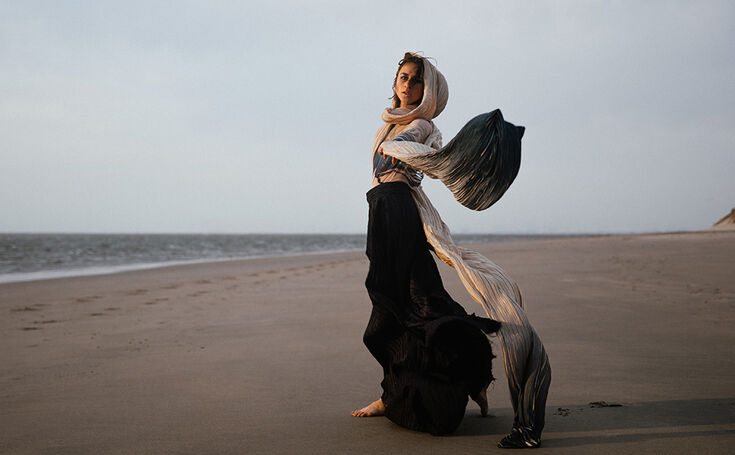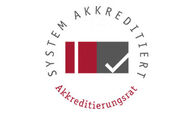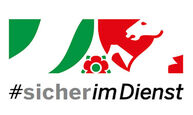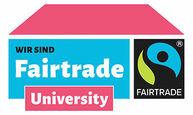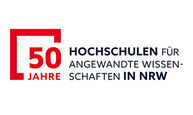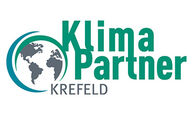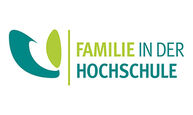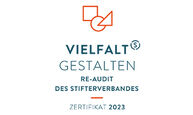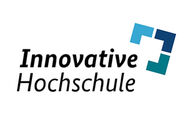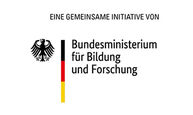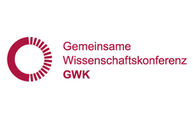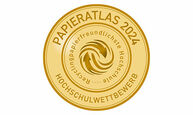At Neo.Fashion Berlin, outstanding young designers and graduates from fashion schools in German-speaking countries will be showcasing their visions. Nine graduates from the Faculty of Textile and Clothing Technology at The Hochschule Niederrhein (HSNR) are also taking part. Neo.Fashion is part of Berlin Fashion Week and will take place this year from 2 to 3 July.
The HSNR graduates emphasise innovation and sustainability in their collections. They deal with recyclable textiles as well as the ecological responsibility of the fashion and textile industry. During their studies, the diverse practical work in the technical centres and laboratories enables them to design fashion and textiles along the entire textile value chain.
Antonia Dannenberg's (Master Textile Products, Clothing) collection "tides" is a plea for a new awareness in dealing with nature. The collection's design starting point is kitesurfing - the motifs of the sea and the tides are transferred to functional textiles and attractive looks for the water sports sector. The collection takes into account aspects of sustainability such as resource efficiency through the use of 3D printing on textiles or the circular economy, for example through the reuse and upcycling of discarded kites.
Latisha Dwight (Bachelor Design Engineer Fashion) focuses in her collection on "Black Thriving", the unfolding of the full human potential of black people. The autobiographical high fashion collection tells a cohesive story of the designer's personal Black Thriving. Each phase of her life served as a source of inspiration for the design of the individual outfits. These represent experiences such as racism and marginalisation as well as the path of personal flourishing.
In his collection "Love and all its faces", Pascal Gracian Dyrna (Master Textile Products, Design) translates scientific thinking into a creative language. His designs are a personal exploration of love in all its facets - inspired by ancient models of love, world literary figures and his own experiences. A fashionable experiment on the power of feelings.
Sophia Hülsers (Master Textile Products, Clothing) places contrasts of light and darkness, heaviness and lightness at the centre of her "Weltschmerz" collection. Questions such as: "Why do we long for community and yet wage wars?", "Why do we destroy our environment even though we feel a deep connection to nature?", "Why do we suppress individuality even though it is our greatest asset?" have guided the designer in her collection.
Stefanie Kestel (Bachelor Design Engineer Fashion) has placed human skin at the centre of her graduation collection "Skin3" and was inspired by the artist and architect Friedensreich Hundertwasser. Her designs deal with the skin as an organ, the skin as clothing, and the skin as the buildings and architecture that surround us. The use of building materials such as concrete and steel is a central element of the collection, which deals with breaking down the boundaries between inside and outside.
Agnes Korn (Master Textile Products, Clothing) reveals the beauty of imperfection in her collection "Distortion". Flaws, imprints and traces of time are an intentional part of her designs, which were created using intuitive knitting techniques, weaving, knots and draping as well as 3D printing on delicate mesh material. The ageing process of materials and clothing is not concealed, but celebrated.
Marisa Koutsaki (Bachelor Design Engineer Fashion) deals with the influences of traditional craft techniques on fashion in the collection "Between Tradition and Change". The starting point was an internship semester in the costume design sector, during which she gained an impressive experience of the importance of craftsmanship. The collection shows traditional techniques such as smocking, embroidery and draping - as a deliberate contrast to the aesthetics of industrial mass production.
In the collection "(dis)solve me", Michèle Lemper (Master Textile Products, Design) deals with the dissolution of textile structures - technically, creatively and socially. The focus is on circular design strategies in which the dismantling of textiles does not mark the end, but the beginning of a new life cycle. "Dissolve" stands for the dismantling for fibre extraction, "solve" for the development of new solutions in the use of resources. The designs are therefore both a collection and material research.
Myriam Josephine Wietske van Eijk (Master Textile Products, Design) has a passion for knitwear. With her "Re:Sense" collection, she wants to specifically appeal to all the senses and counteract the daily sensory overload with a conscious sensory perception. And so the outfits in the collection not only offer visual stimuli, but also appeal to the nose and ears through the use of lavender or sound effects.


